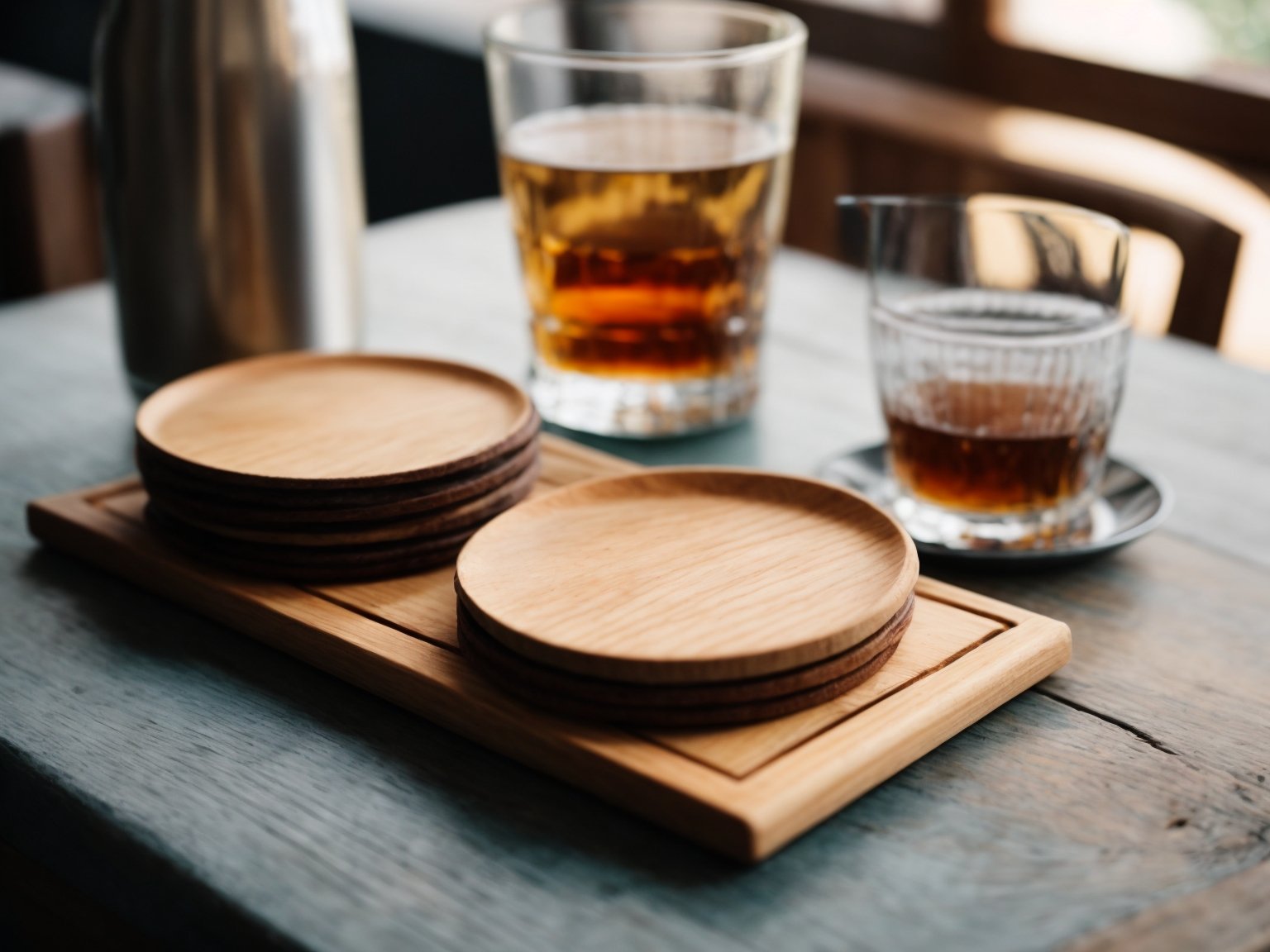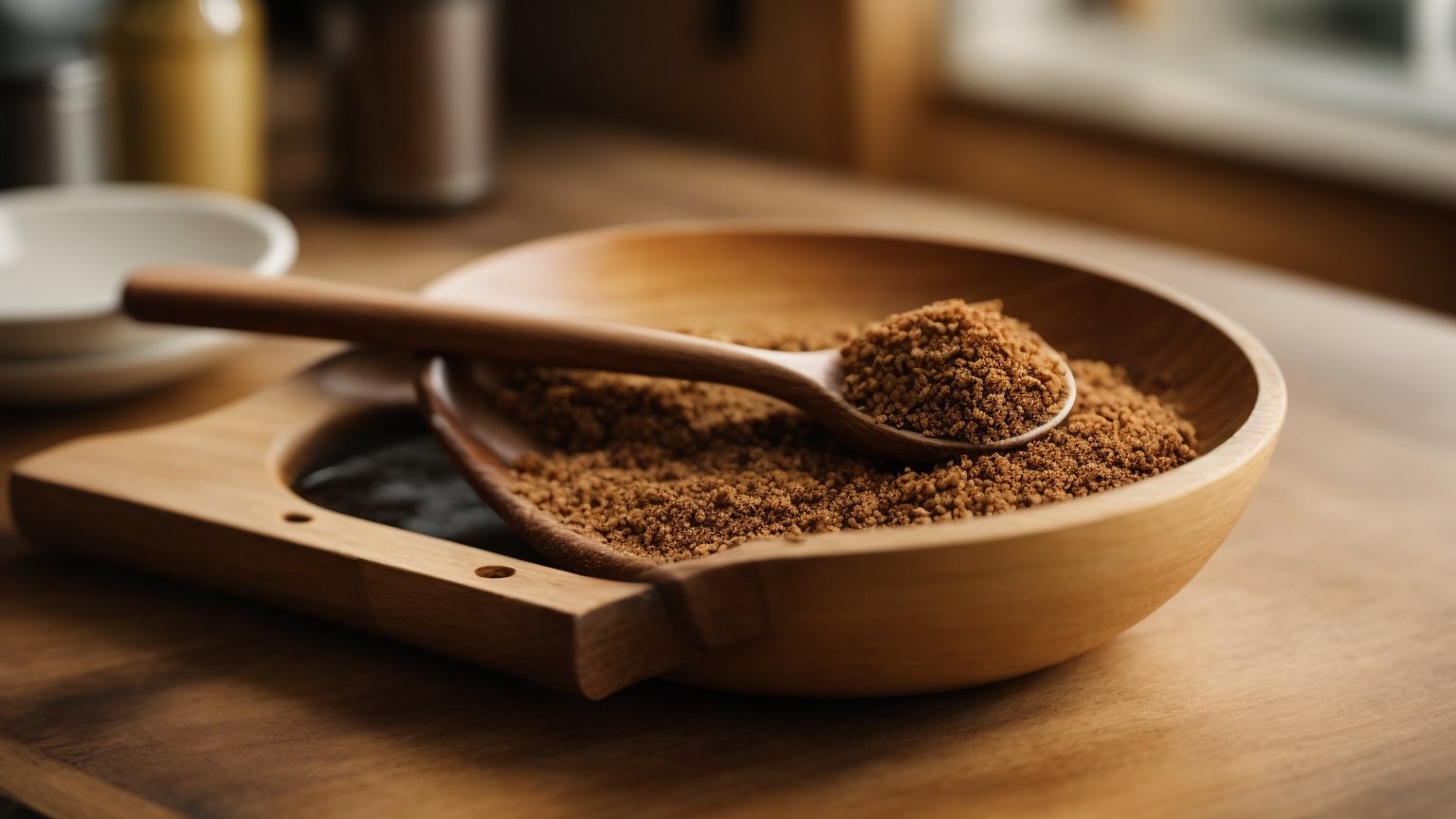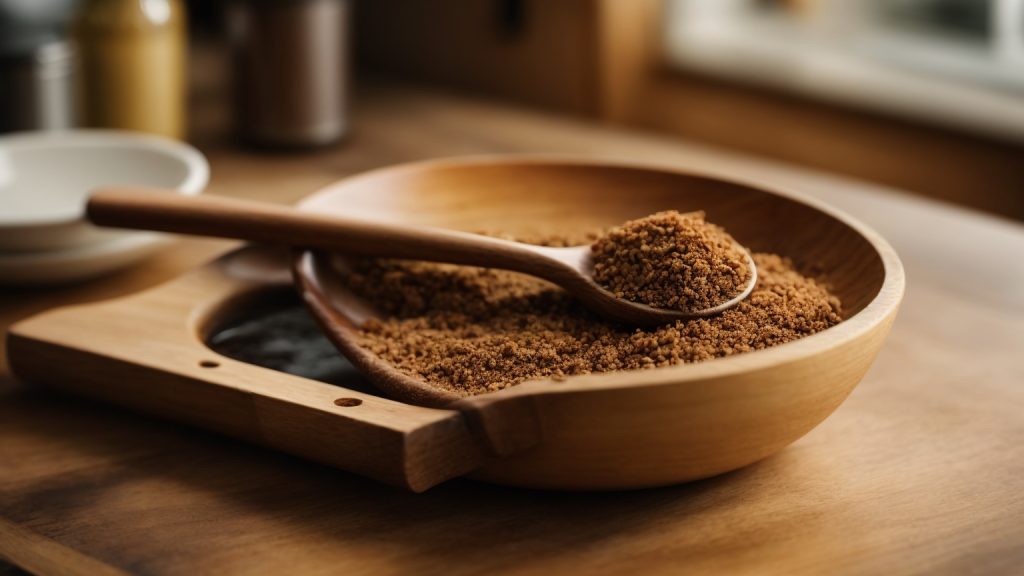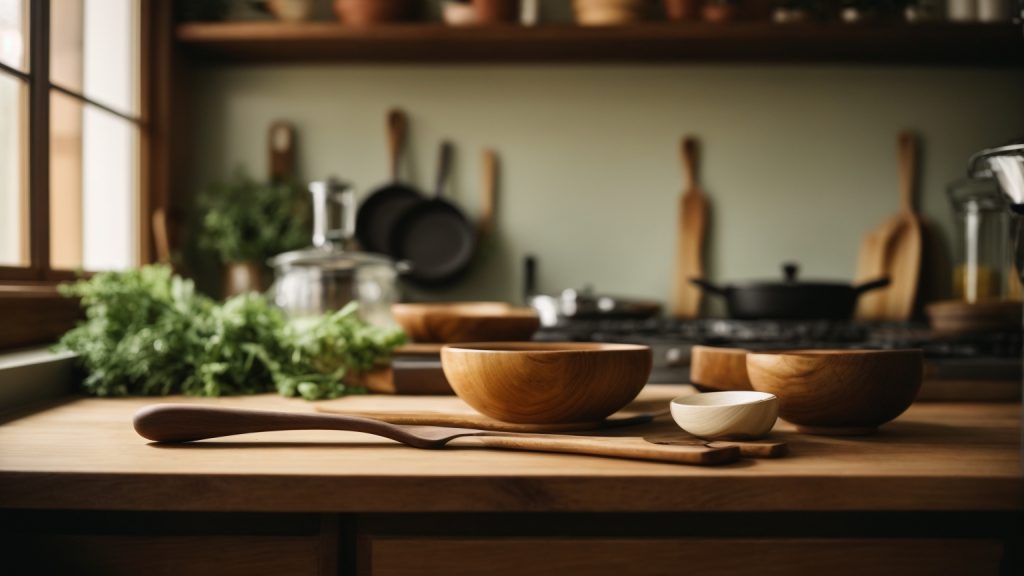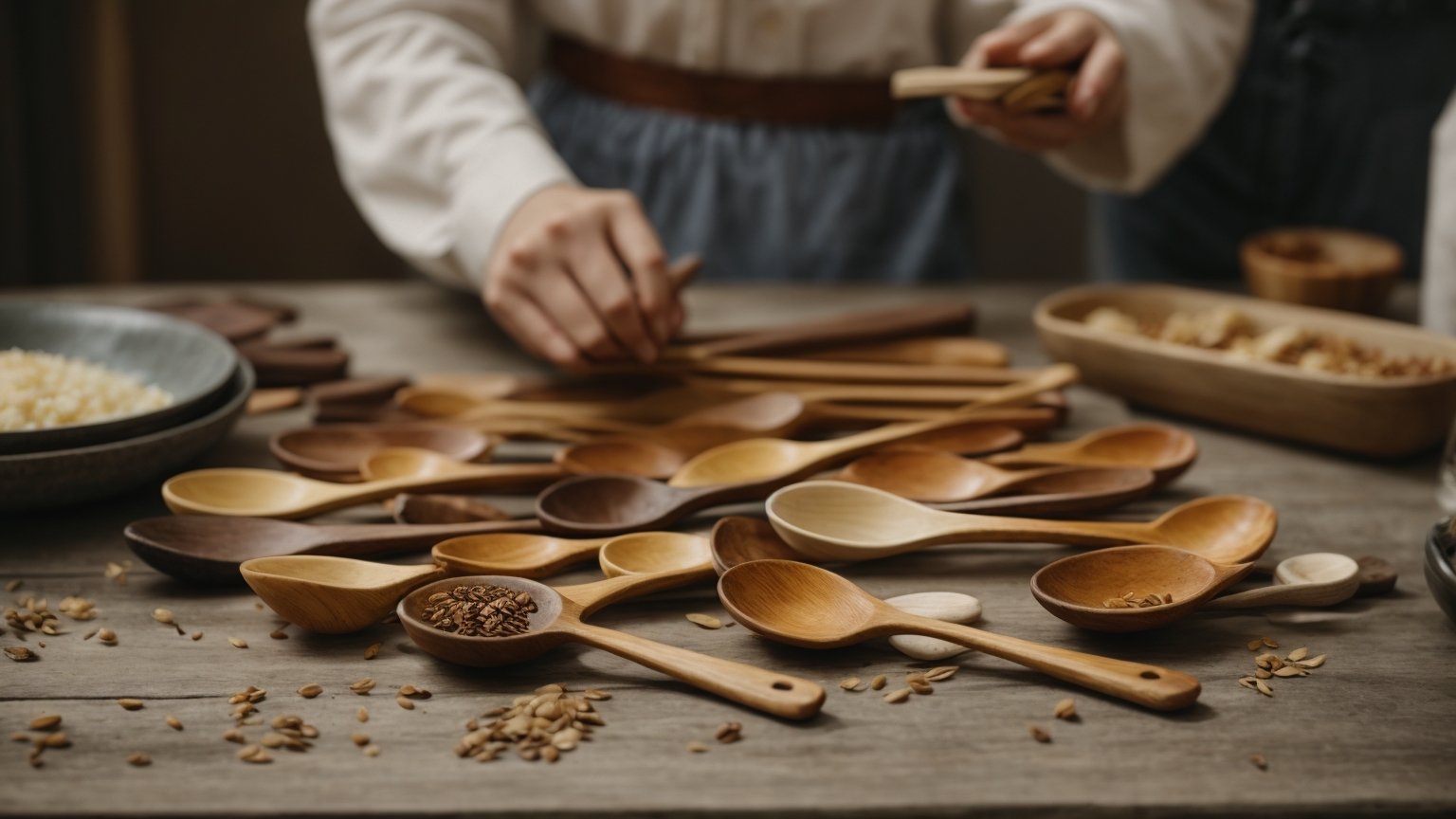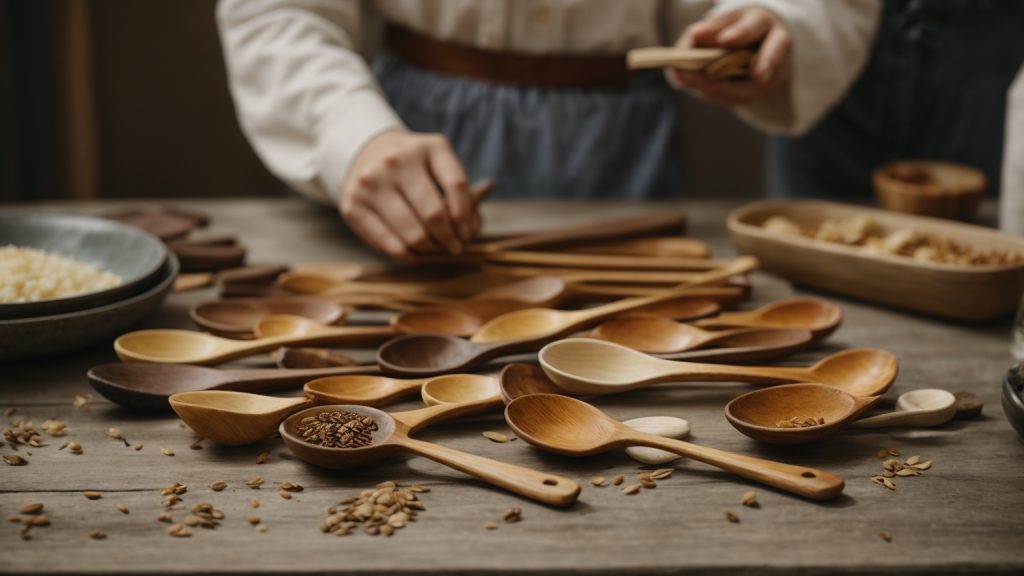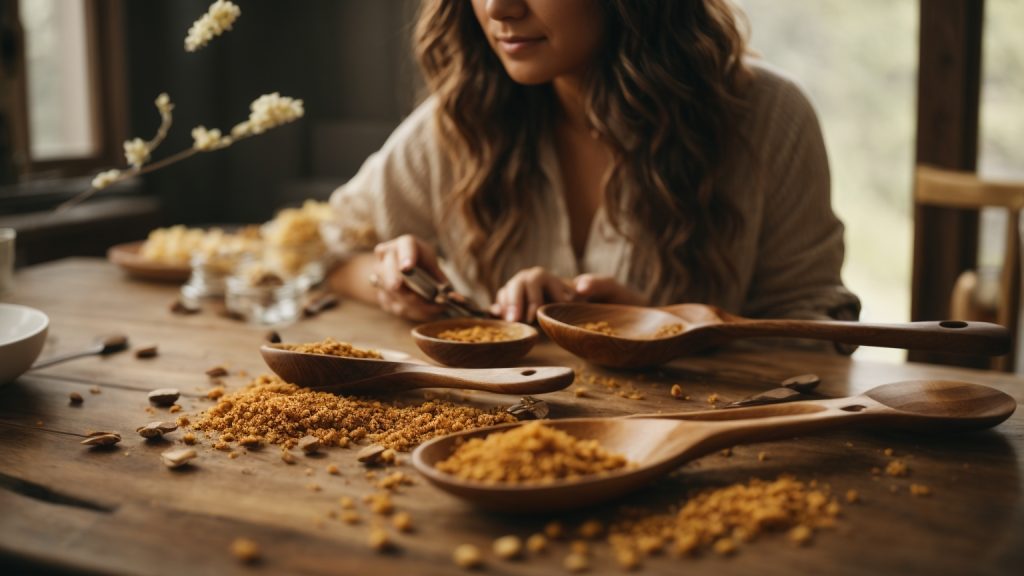Looking for a fun and easy DIY project that can add a personal touch to your home decor? Look no further than wooden coasters! Not only are they functional, but they can also add a rustic and charming feel to any room. Plus, they make great handmade gifts for friends and family.
If you’re new to woodworking, don’t worry – making your own wooden coasters is a beginner-friendly project that requires minimal tools and materials. With just a few hours of work and some basic woodworking skills, you can create a set of beautiful and practical coasters that you’ll be proud to display in your home. Whether you’re looking to spruce up your own living space or create thoughtful gifts for loved ones, making wooden coasters is a fun and rewarding project that anyone can tackle.
Understanding Wood Types
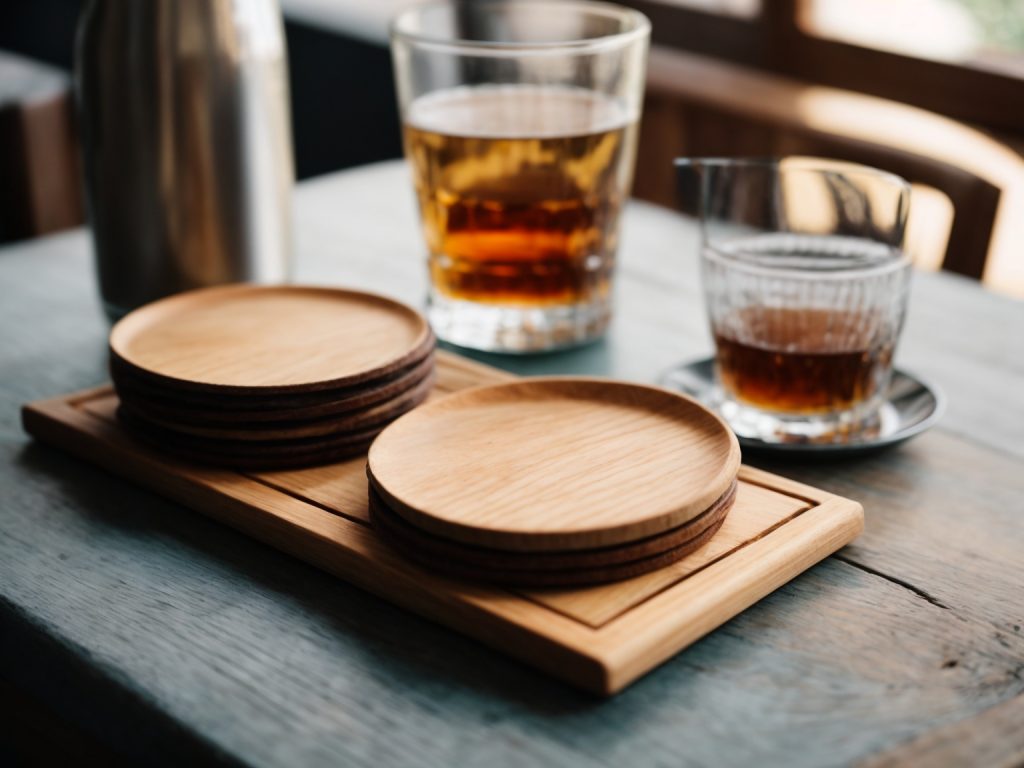
When it comes to making wooden coasters, choosing the right type of wood is crucial for the durability and longevity of your project. In this section, we will discuss the differences between softwood and hardwood, and provide some guidance on how to choose the right wood for your coaster-making project.
Softwood Vs Hardwood
Softwood and hardwood are the two main categories of wood. Softwood comes from coniferous trees, such as pine, cedar, and spruce, while hardwood comes from deciduous trees, such as oak, maple, and cherry.
Softwood is generally less dense and less expensive than hardwood. It is also easier to work with, making it a popular choice for beginners. However, softwood is more prone to dents, scratches, and other types of damage.
Hardwood, on the other hand, is denser and more durable than softwood. It is also more expensive and harder to work with. However, hardwood is less prone to damage and can last for decades with proper care.
Choosing the Right Wood
When choosing the right wood for your coaster-making project, consider the following factors:
- Moisture resistance: Coasters are often used to protect furniture from water rings, so it’s important to choose a wood that can withstand moisture. Some woods, such as cedar and redwood, are naturally resistant to moisture, while others, such as pine and spruce, are more prone to warping and cracking when exposed to water.
- Heat resistance: Coasters are also used to protect furniture from heat damage, so it’s important to choose a wood that can withstand high temperatures. Hardwoods such as oak and maple are more heat-resistant than softwoods such as pine and cedar.
- Aesthetics: Wood comes in a variety of colors and grain patterns, so choose a wood that matches your personal style and complements your home decor.
Overall, hardwood is the best choice for making coasters that are both durable and attractive. However, if you are a beginner or on a tight budget, softwood can be a good option as well. Just be sure to choose a wood that is appropriate for your needs and take proper care of your coasters to ensure their longevity.
Gathering Tools and Materials
When it comes to making wooden coasters, having the right tools and materials is key to achieving a professional-looking finished product. Here are the essential tools and materials you will need:
Essential Woodworking Tools
To create wooden coasters, you will need the following woodworking tools:
| Tool | Description |
|---|---|
| Saw | A saw is necessary to cut the wood to size. A jigsaw or circular saw is recommended for beginners. |
| Sandpaper | Sandpaper is used to smooth out rough edges and create a smooth surface. Start with a coarse grit (80-100) and work up to a finer grit (220-240). |
| Drill | A drill is needed to make holes for decorative elements or to attach felt pads to the bottom of the coaster. |
| Clamps | Clamps are useful to hold the wood in place while cutting or sanding. |
Safety Equipment
Safety should always be a top priority when working with power tools. Be sure to wear the following safety equipment:
- Safety glasses or goggles to protect your eyes from flying debris
- Earplugs or earmuffs to protect your ears from loud noise
- Dust mask or respirator to protect your lungs from sawdust
Wood and Finishing Materials
Choosing the right type of wood is important for creating durable and long-lasting coasters. Some common types of wood used for coasters include oak, maple, and pine. You will also need a protective finish to prevent damage from condensation and hot drinks. Consider using polyurethane or shellac to finish your coasters.
In summary, to make wooden coasters, you will need a saw, sandpaper, drill, clamps, safety equipment, wood, and finishing materials. Always prioritize safety and choose high-quality materials for the best results.
Designing Your Coasters
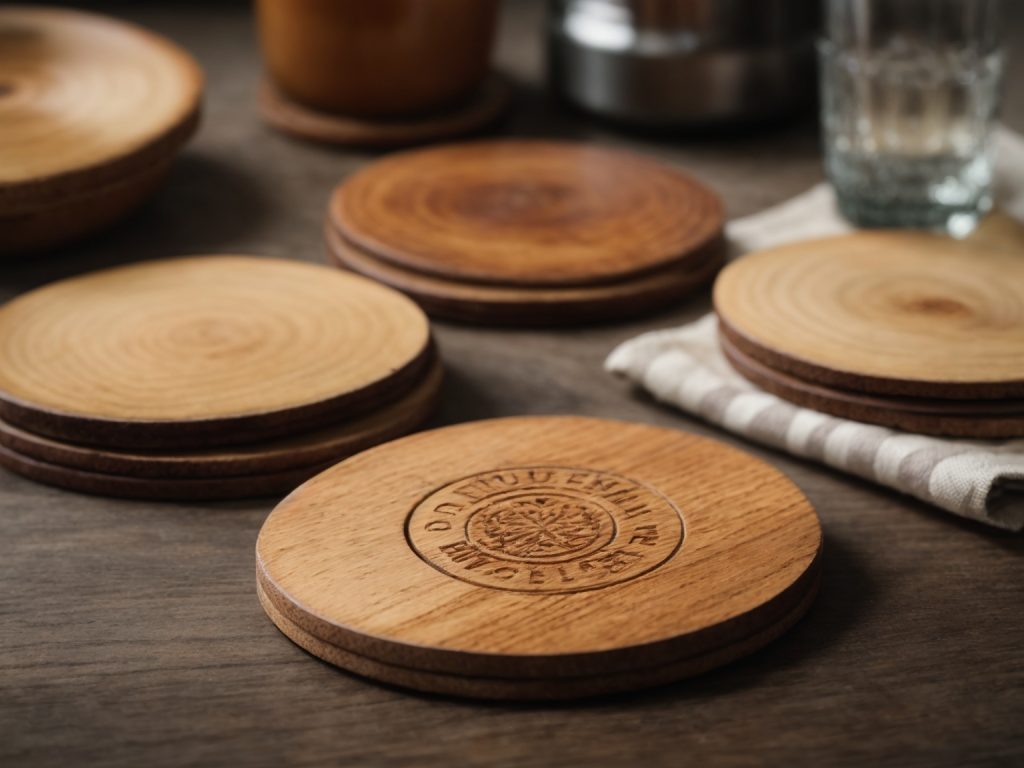
When it comes to designing your wooden coasters, the possibilities are endless. Whether you want to create a set of coasters that match your home decor or make a unique gift for a loved one, designing your own coasters is a fun and creative process. Here are some tips to help you get started:
Determining Size and Shape
Before you begin designing your coasters, you’ll need to determine the size and shape you want them to be. The size of your coasters will depend on the size of your glasses or mugs, but a typical coaster is around 4 inches in diameter. You can also make square or rectangular coasters if you prefer.
Once you’ve determined the size and shape of your coasters, you’ll need to choose the type of wood you want to use. Hardwoods like oak, maple, and cherry are durable and make great coasters, but you can also use softer woods like pine or cedar if you prefer.
Adding Personal Touches
One of the best things about making your own wooden coasters is that you can add personal touches to make them unique. Here are some ideas to get you started:
- Wood burning: Use a wood burning tool to create designs or patterns on your coasters. You can also add names or initials to make them personalized.
- Stenciling: Use stencils to create designs or patterns on your coasters. You can use paint or wood stain to fill in the stencil.
- Etching: Use a rotary tool to etch designs or patterns into the wood. This method works best on hardwoods.
- Inlay: Use a router to create a groove in the coaster and fill it with a contrasting wood or resin.
Once you’ve added your personal touches, you’ll need to seal your coasters to protect them from moisture. You can use a clear polyurethane finish or a food-safe wax to seal your coasters.
Designing your own wooden coasters is a fun and easy DIY project that anyone can do. With a little creativity and some basic woodworking skills, you can create a set of coasters that are both functional and beautiful.
Cutting the Wood
When it comes to making wooden coasters, cutting the wood is a crucial step. This section will cover two important sub-sections: Preparing the Wood and Cutting Techniques.
Preparing the Wood
Before you start cutting the wood, you need to make sure it is properly prepared. Here are a few steps to follow:
- Choose the right type of wood: For coaster-making, it’s best to use hardwoods like maple, oak, or cherry. Softwoods like pine or cedar are not recommended.
- Measure and mark: Use a ruler or tape measure to measure the wood and mark where you want to make the cuts.
- Sand the wood: Sand the surface of the wood to remove any rough spots or imperfections.
Cutting Techniques
There are several cutting techniques you can use to make wooden coasters. Here are a few options:
- Hand saw: A hand saw is a simple and affordable tool that can be used to make straight cuts. It’s a good option if you don’t have access to power tools.
- Miter saw: A miter saw is a power tool that can make precise cuts at different angles. This is a good option if you want to make angled cuts for your coasters.
- Table saw: A table saw is a versatile power tool that can make both straight and angled cuts. It’s a good option if you plan on making a large number of coasters.
No matter which cutting technique you choose, it’s important to follow these safety tips:
- Wear protective eyewear and gloves.
- Keep your fingers away from the blade.
- Follow the manufacturer’s instructions for your specific tool.
By following these tips and techniques, you’ll be able to cut your wood with confidence and create beautiful wooden coasters.
Sanding and Finishing
Sanding Basics
Sanding is an essential step in making wooden coasters. It helps to smooth out any roughness on the surface of the wood and ensures that the coasters are even and flat. Here are some basic steps to follow when sanding your wooden coasters:
- Start with a coarse grit sandpaper, such as 120, and sand the surface of each coaster. Be sure to sand in the direction of the wood grain to avoid scratches.
- Gradually move to finer grit sandpapers, such as 220 and 320, to achieve a smooth surface. Sand each coaster until you are satisfied with the texture.
- Use a tack cloth or a soft-bristled brush to remove any dust or debris from the surface of the coasters.
Choosing a Finish
Once you have sanded your wooden coasters, it’s time to choose a finish. A finish not only protects the wood but also enhances its natural beauty. Here are some popular finishes to consider:
- Polyurethane: This finish is durable and water-resistant, making it perfect for coasters. It comes in a variety of sheens, from matte to glossy.
- Tung oil: This natural finish provides a warm, amber tone to the wood and is easy to apply. It is also water-resistant but may require reapplication over time.
- Wax: This finish provides a soft, matte look to the wood and is easy to apply. It is not as water-resistant as other finishes, but it is ideal for indoor use.
When applying a finish, be sure to follow the manufacturer’s instructions and apply it in a well-ventilated area. Use a brush, cloth, or foam applicator to evenly apply the finish to each coaster. Allow the finish to dry completely before using your wooden coasters.
Remember, sanding and finishing your wooden coasters can take time, but the end result is worth it. Your coasters will not only protect your furniture but also add a touch of natural beauty to your home.
Final Touches
Once you have completed making your wooden coasters, it’s time to add some final touches to make them look professional. In this section, we will discuss two important final touches: adding protective pads and packaging and storing.
Adding Protective Pads
Adding protective pads to your wooden coasters will prevent them from scratching surfaces and keep them in good condition for a longer time. You can use self-adhesive felt pads or cork pads, which are available at most hardware stores. Simply cut the pads to the size of the coaster and stick them on the bottom.
Packaging and Storing
Packaging and storing your wooden coasters properly will ensure that they remain in good condition until you are ready to use them or give them as gifts. Here are some tips on how to package and store your coasters:
- Wrap each coaster in tissue paper or bubble wrap to prevent scratches and damage during transport.
- Store the coasters in a dry and cool place, away from direct sunlight and moisture.
- If you are giving the coasters as a gift, consider putting them in a small box or fabric bag for a more professional look.
By following these simple final touches, you can make your wooden coasters look great and last longer.
